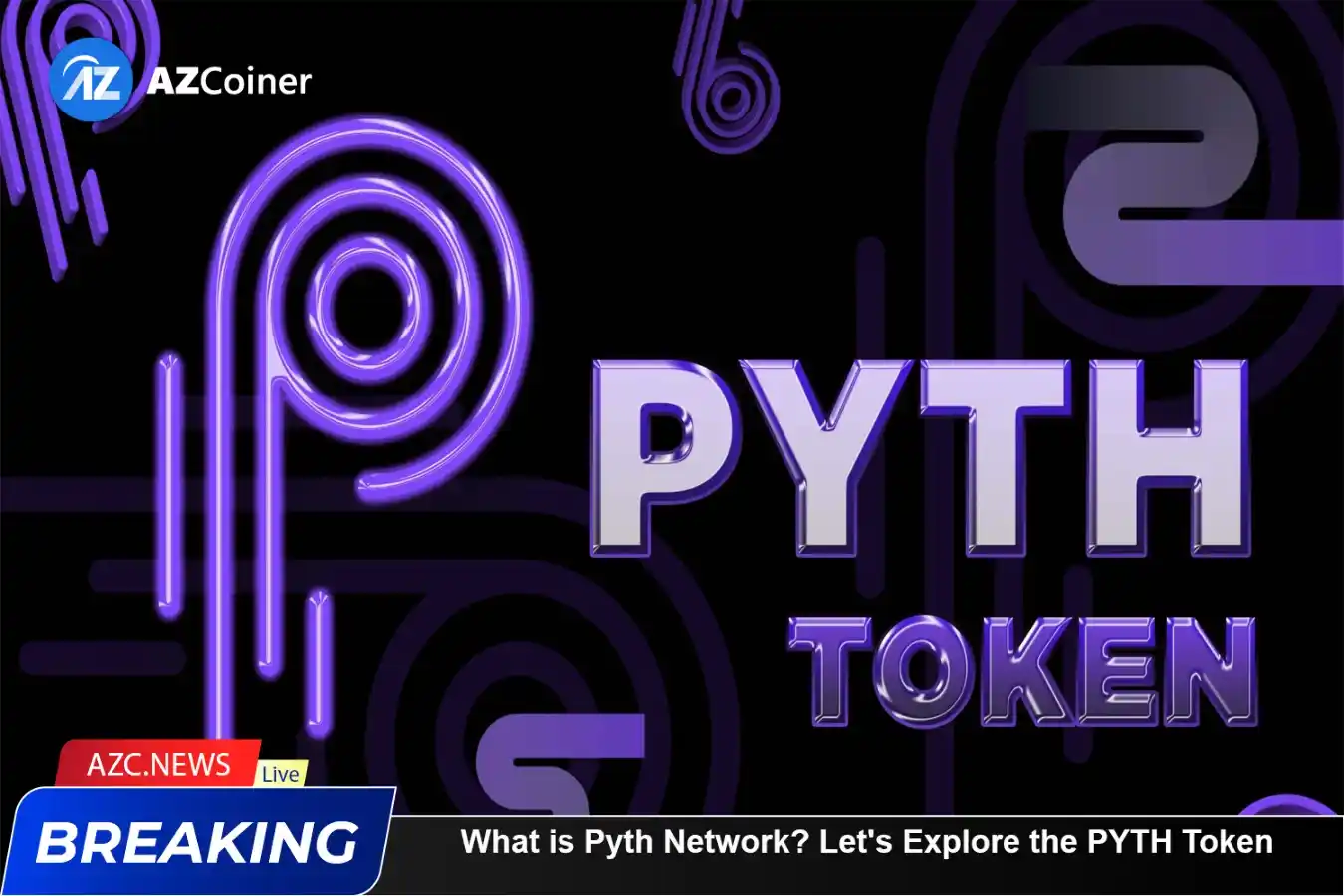What is Pyth Network?
Pyth Network is an advanced oracle solution that provides highly accurate market data from professional traders and exchanges for smart contracts. The main goal of Pyth Network is to ensure the provision of prices for every asset on the blockchain while empowering data owners and users.
Currently, Pyth Network focuses not only on pricing data for the crypto, forex, stocks, and commodities markets but also provides data solutions for developers to build decentralized applications within the Web3 space.
What is the operational mechanism of PYTH?
The operation mechanism of PYTH involves encouraging users to provide prices for various types of assets. There are three main user groups in the Pyth Network system:
- Publishers: These are data price providers who receive corresponding fees. Publishers can be traders, exchanges, or other organizations with access to accurate price information.
- Consumers: Users who utilize the price data provided by Publishers. Consumers can be blockchain protocols, decentralized applications (dApps), or other organizations in need of price data for their operations.
- Delegators: Participants who stake PYTH tokens and earn fees from this activity. Delegators play a crucial role in enhancing the security and reliability of the Pyth Network.
The operational diagram of Pyth Network.
The user groups interact with each other through four main mechanisms:
- Price Aggregation Mechanism: By aggregating prices from various Publishers, this mechanism generates a single, accurate, and reliable price. It helps prevent price manipulation by one or more entities with malicious intent.
- Data Staking Mechanism: This mechanism determines the stake of participants in staking and distributes fees from staking activities within the Pyth Network. Users receive rewards upon successful completion of staking tasks.
- Reward Distribution Mechanism: This fair and transparent mechanism distributes rewards to Publishers, incentivizing them to provide accurate price data.
- Governance Mechanism: Responsible for managing other mechanisms within the Pyth Network ecosystem. This includes tasks such as approving tokens, determining input data fees and common usage, as well as defining PYTH tokens in the staking mechanism.
Related: Guide to PYTH Staking for Airdrop Opportunities
What are the Notable Features of Pyth Network?
Pyth Network possesses several notable features, including:
- Speed: Pyth Network is a reliable market data source that is continuously updated with low latency, at just 400ms (equivalent to 200 thousand updates per day). The data provided by Pyth extends beyond various types of crypto assets to include harder-to-obtain assets such as U.S. stocks, forex pairs, and metal prices.
- Free of Charge: Pyth Network offers data and open-source completely free of charge. However, users can opt to pay for data to enhance security and guard against the risk of information theft.
How to input data into Pyth Network
- Accuracy: Data from Pyth Network is collected from reliable sources such as exchanges, brokers, and financial institutions. This ensures that the information is consistently updated and highly accurate.
- Security: Pyth Network places a strong emphasis on security and information reliability. PYTH data is protected through security measures such as trust boundaries, minimum provider rules, strict data source compliance checks, and economic incentivization for protocol developers.
Information about PYTH Token
Token Metrics
- Token Name: Pyth Token
- Ticker: PYTH
- Blockchain: Solana
- Token Standard: SPL
- Total Supply: 10,000,000,000 PYTH
- Initial Circulating Supply: 1,500,000,000 (15%)
Token Allocation
The quantity of PYTH tokens will be evenly distributed and unlocked according to a schedule from 6 to 42 months after the launch.
Token Allocation
- Publisher Rewards: 22%
- Ecosystem Growth: 52%
- Protocol Development: 10%
- Community and Launch: 6%
- Private Sales: 10%
Token Vesting Schedule
85% of the total token supply of PYTH will be initially locked and unlocked in phases at 6, 18, 30, and 42 months after the token launch.
Publisher Rewards (22%): 2% will be unlocked immediately after the Token Generation Event (TGE), then locked for 6 months. Every 12 months, a linear unlock will occur over the subsequent 42 months.
Protocol Development (10%): 15% will be unlocked right after TGE and locked for 6 months, followed by gradual vesting over the next 42 months. Unlocking occurs every 12 months.
Ecosystem Growth (52%): 13% will be unlocked immediately after TGE, then locked for 6 months, and continue vesting over the next 42 months. Unlocking occurs every 12 months.
Private Sales (10%): Locked for 6 months, followed by vesting over the next 42 months. Unlocking occurs every 12 months.
Community & Launch (6%): Entirely unlocked from the start with no specified lockup period.
PYTH Project Development Team
Investors and Partners
To become a companion with Pyth, individuals or organizations can opt to become Consumers or Publishers in the Developers section of the Pyth Network. PYTH has attracted interest from many investors and potential partners such as Alameda Research, AAX, Akuna Capital…
Conclusion
In conclusion, Pyth Network revolutionizes the market by providing reliable, real-time data across various asset classes. What sets Pyth apart is its swift, accurate, and free data delivery, making it a compelling choice for both consumers and publishers. With notable investors and partners onboard, what is Pyth Network emerges as a promising force in the blockchain ecosystem.







